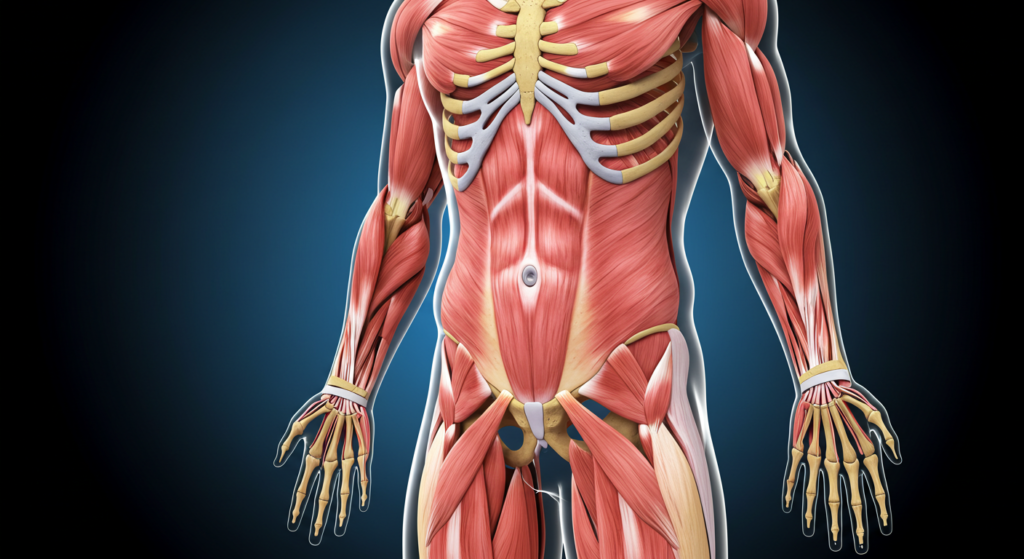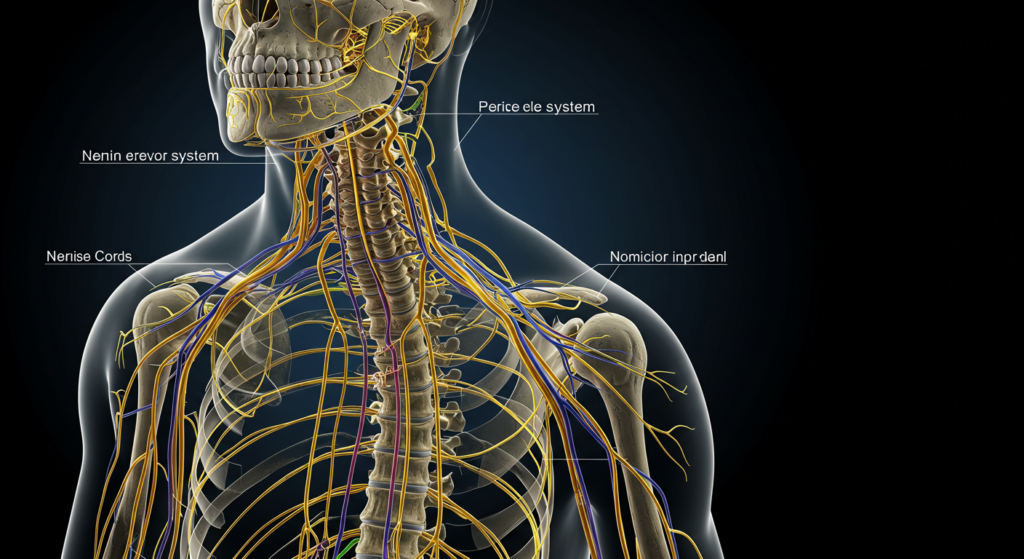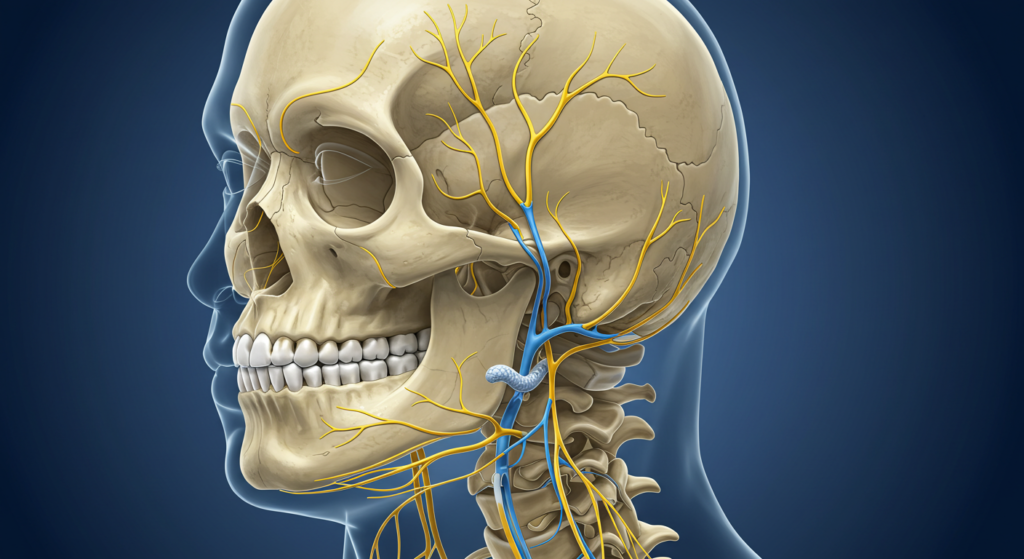Ketamine works differently from traditional pain medications. It blocks NMDA receptors in the brain, reducing the overstimulation caused by excessive glutamate—a neurotransmitter linked to pain amplification. This action helps “reset” pain pathways and can lead to lasting relief. Additionally, ketamine’s ability to enhance neuroplasticity may reverse maladaptive changes in the brain caused by chronic pain, while its anti-inflammatory properties further support healing.
Unlike oral medications that take weeks to work, ketamine acts quickly, often providing relief within minutes to hours. While effects may last days to weeks, ongoing maintenance infusions can sustain benefits.


If you’re living with fibromyalgia, you know the constant pain, fatigue, and sensitivity can feel overwhelming. Ketamine infusion therapy offers a new way to manage these symptoms by targeting the brain’s pain pathways. It works by blocking NMDA receptors, which can get overactive in fibromyalgia and amplify pain signals. By calming these signals, ketamine can reduce your pain sensitivity and even help “reset” how your brain processes pain over time. Plus, it may ease the depression or anxiety that often comes with fibromyalgia by boosting mood-regulating chemicals like glutamate.
If migraines keep knocking you out with intense pain and sensitivity, ketamine infusion therapy could be a game-changer. It targets neurotransmitters like glutamate in your brain, which play a role in triggering migraines. By blocking NMDA receptors, ketamine can interrupt the pain cycle and may even prevent your brain from becoming overly sensitive to migraine triggers. Its anti-inflammatory effects might also help reduce the swelling that worsens migraine attacks.


Neuropathy’s burning, tingling, or shooting pain comes from nerves sending mixed-up signals to your brain. Ketamine steps in by blocking NMDA receptors, which can get overstimulated and make pain worse. This calms the nerve chatter and reduces those awful sensations. It also boosts neuroplasticity—your brain’s ability to rewire itself—potentially undoing some of the damage chronic pain has caused to your nervous system.
CRPS can make even a light touch feel like agony due to your nervous system going haywire. Ketamine works by blocking NMDA receptors, which are overactive in CRPS and amplify pain signals. This can dial down the intensity and help your brain rethink how it handles pain. Its anti-inflammatory effects may also ease the swelling and sensitivity that make CRPS so tough.


Trigeminal neuralgia’s sharp, electric-shock-like pain comes from an irritated facial nerve. Ketamine calms this by blocking NMDA receptors, reducing the nerve’s overactivity and the pain it sends to your brain. It also promotes neuroplasticity, which might help your nervous system recover from chronic pain patterns over time.
RLS makes your legs feel restless and uncomfortable, often ruining your sleep. Ketamine may help by tweaking how your brain handles movement and sensation signals. It blocks NMDA receptors, which could calm the dopamine pathways linked to RLS symptoms. It might also lift your mood if anxiety or depression makes your RLS worse.


Anxiety can feel like a constant storm in your mind. Ketamine targets NMDA receptors to balance glutamate, calming overactive brain circuits—like the amygdala, which handles fear. It may also spark new nerve connections, lifting your mood fast.
Depression can sap your joy and energy. Unlike typical antidepressants, ketamine boosts glutamate and rewires brain connections via NMDA receptors. This can break negative thought loops and lift your mood rapidly, even if other treatments haven’t worked.


PTSD traps you in flashbacks and fear. Ketamine may calm the amygdala (your fear center) by blocking NMDA receptors, reducing glutamate overactivity. It also promotes new brain connections, helping you process trauma and feel less on edge.
OCD’s intrusive thoughts and rituals can rule your life. Ketamine boosts glutamate via NMDA receptors, disrupting those cycles and calming brain overactivity. It might help you step back from obsessions faster than traditional treatments.


Bipolar’s highs and lows can be exhausting. Ketamine balances glutamate through NMDA receptors, easing depression fast and sometimes calming mania. It rewires mood pathways, offering stability where other meds take time.
Suicidal thoughts can feel suffocating. Ketamine rapidly boosts glutamate and blocks NMDA receptors, lifting despair and quieting hopelessness. It rewires mood circuits, offering a lifeline when you need it most.
